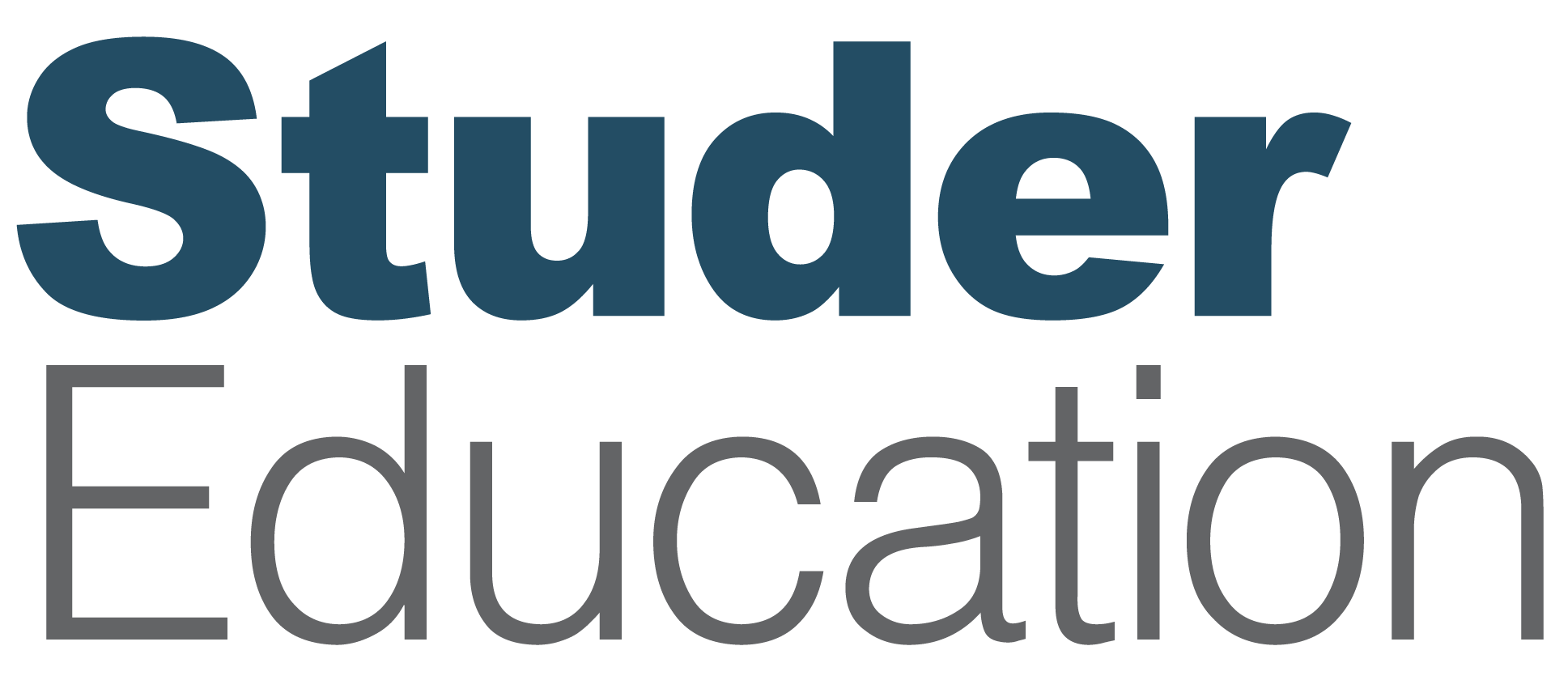
External noise is a constant, yet you can be a source of stability and trust. Dr. Janet Pilcher shares three actionable steps educational leaders can take to proactively share their story and build strong allies. In five minutes, learn how to anchor conversations to your scorecard, lead with what’s right, and ensure message consistency across your system.
Latest Episodes
[Intro music plays in the background.]
Janet Pilcher: Hello everyone, welcome to the Accelerate Your Performance podcast. I’m your host, Dr. Janet Pilcher, founder and president of Studer Education.
This is the third in our series of short, focused episodes dedicated to important issues you’re facing right now. Each episode in this series delivers actionable leadership tips in about five minutes so you can quickly maximize your impact.
Last week we focused on retaining our most important asset, our people. Today we’re diving into how you can manage some of the external noise and communicate transparently with your board and community.
In today’s environment, external noise is a given. Whether it’s social media commentary or unfavorable feedback, that noise can easily pull your focus away from your mission building great places to work, learn and succeed. And though we can’t control those factors, what we can control is how we proactively share our story to build trust.
Here are three actions you can take to ensure your board and community remain your strongest allies. Remember a couple of weeks ago when we discussed aligning your budget to desired outcomes. We’re going to take that same approach here.
So first, number one, align board communication to the scorecard. When conversations drift into anecdotes or opinions, and they will, make it your mission to anchor the dialogue back to the data. The scorecard are the measures that matter within that tool. The scorecard is a visual representation of your district’s agreed-upon outcomes. You can refer back to it by starting your board meetings with updates on scorecard results. This ensures that every discussion that follows is aligned with the overall goals. Know what your goals are, and know what you’re doing to get there. The scorecard is such a multifaceted tool, and in this case, it serves as a communication tool that brings clarity and focus to every stakeholder conversation.
Number two, lead with what’s right. Our news cycle is flooded with negative stories, so I suspect your community is hungry to hear about the bright spots happening in your classrooms and schools. When good news spreads, it does the work of building trust for you. If you don’t already, consider being proactive by releasing a periodic high-impact communication on what’s going well with student achievements, staff innovation, and positive outcomes that you see every day. This goes a long way in building trust, even with those you may never meet, and it creates a sense of shared pride in your district.
Number three, close the feedback loop. Many of us have taken surveys only to have our input left unattended and unaddressed. That silence often breeds mistrust, and at worst, cynicism. If we ask for input, let’s be sure we’re acting on it and communicating that action. Let’s show we build a responsive system by coaching our leaders to respond the same way. When we build a reputation for following up, it disarms critics, and importantly, it shifts us from being an organization that hears complaints to one that solves problems.
And if you’re looking for one tangible action you can take right now. I urge you to focus on the consistency of your message. What do I mean? Draft a clear, concise summary of your district’s top strategic goal. It should be ready to be deployed by any leader at any moment. When all of your leaders understand it and are trained to anchor their communication to the core message, this laser-like focus will create a cohesive narrative that cuts through the noise, and again, the consistency of the message builds trust. Let’s keep focusing on what we can do to bring that trust and stability to our organizations. Aligning our story to the results that matter most will go a long way.
[Outro music plays in the background.]
As always, keep moving forward. Take these recommendations and tips in stride, but think about how you will apply them in ways that are most meaningful to you. They’ve sure helped me along the way, and I hope they help you.
I thank you for tuning in to this episode of the Accelerate Your Performance podcast. Next week, we’ll touch on three actions you can take to improve your processes. Have a great week, everyone. Thank you.







